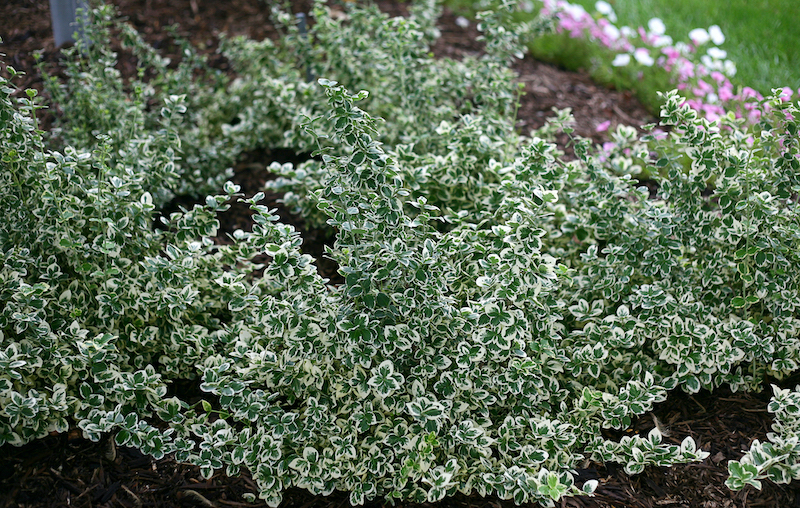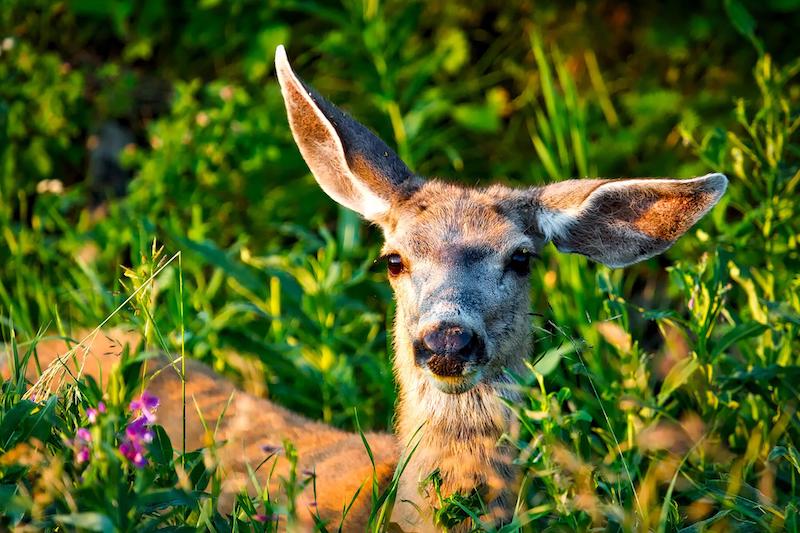The leafy good looks of Euonymus plants make this perennial a favorite of many gardeners. This plant is low maintenance and features striking leaves and delicate berries during the summer and fall. While Euonymus is poisonous to humans and pets, foraging animals will munch on the plant. All parts of the plant, including the foliage, flowers, berries, and even bark, can be eaten by animals.

Wintercreeper and Burning Bush can fall victim to hungry deer at any time of the year, but winter is the most common season to expect damage. Some varieties are deciduous and will drop their leaves come winter, but ravenous animals may still eat the bark from the woody stems. Broadleaf evergreen cultivars are more appealing for wintertime foragers. According to Rutgers University, this plant is occasionally severely damaged on their rating scale from Rarely Damaged to Frequently Severely Damaged.
| Rarely Damaged |
| Seldom Severely Damaged |
| Occasionally Severely Damaged |
| Frequently Severely Damaged |
The best way to protect Euonymus shrubs from deer and other animals is to deter the animals from coming near the plants. This can be done by placing physical fencing or scent deterrents around the plant. Another option is to move the plant near a busy area, like a deck or porch, because the proximity of people may be enough to discourage animals from getting close enough to eat the shrubs.

Will Euonymus Come Back After Deer Eat Them?
Plants can sometimes bounce back after being eaten by deer or other animals, but it depends on the extent of the damage. A severely damaged Euonymus shrub may not come back, but if the damage is minimal, the plant should make a full recovery. You can nurse a damaged plant back to health by removing any damaged sections, protecting the plant during extreme weather, and adding a barrier to prevent future damage.
Sources: Rutgers New Jersey Agricultural Experiment Station ‘Landscape Plants Rated by Deer Resistance’ 2018
 |
Author Alison Cotsonas - Published 14-07-2022 |
